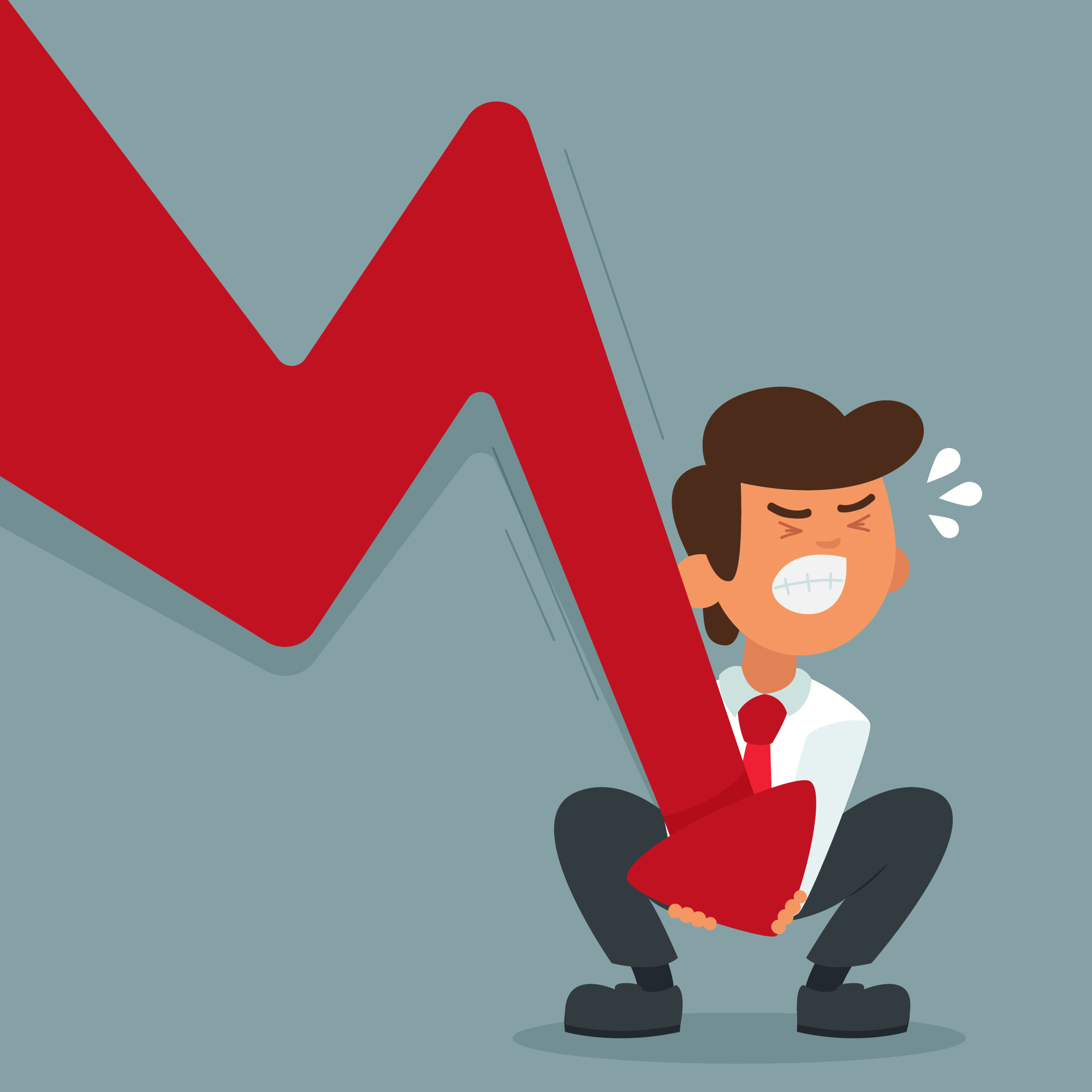1920s Economic Boom: A Flourishing Era
The 1920s witness a remarkable surge in economic prosperity across the United States, where innovation and optimism fuel growth. The streets are lively with bustling activity, cities expand rapidly, and the pace of life accelerates dramatically. The era is defined by technological advancements, with industries like automotive and electronics leading the charge. Henry Ford's assembly line makes cars accessible to the masses, while companies like General Electric thrive. The economic landscape is vibrant, offering abundant opportunities for employment and rising wages, enhancing the purchasing power of citizens.
 Businessman at Work - Freepik
Businessman at Work - Freepik
Stock markets experience a steady climb, driven by investor confidence and speculation. Banks extend generous credit, encouraging investments. This period of economic expansion creates an atmosphere of optimism and progress. Entrepreneurs launch new ventures, capitalizing on the buoyant mood. The middle class grows, and small businesses flourish, bolstered by the era's economic dynamism.
Beyond economics, society undergoes transformation. Jazz music takes over dance floors, fashion becomes more daring, and women gain more rights and freedoms. The public revels in newfound prosperity, with leisure and cultural activities reflecting the exuberance of the times. People embrace the joys of life, looking ahead to a promising future.
As a historian economist, one observes this era with enthusiasm, noting how the positive impacts ripple through communities and businesses alike. Better job prospects and rising incomes signal a bright outlook, as innovation continues to drive growth. The economic boom of the 1920s stands as a testament to human ingenuity and ambition, creating a legacy of prosperity that seems destined to endure.
















 Image Source: Freepik
Image Source: Freepik

